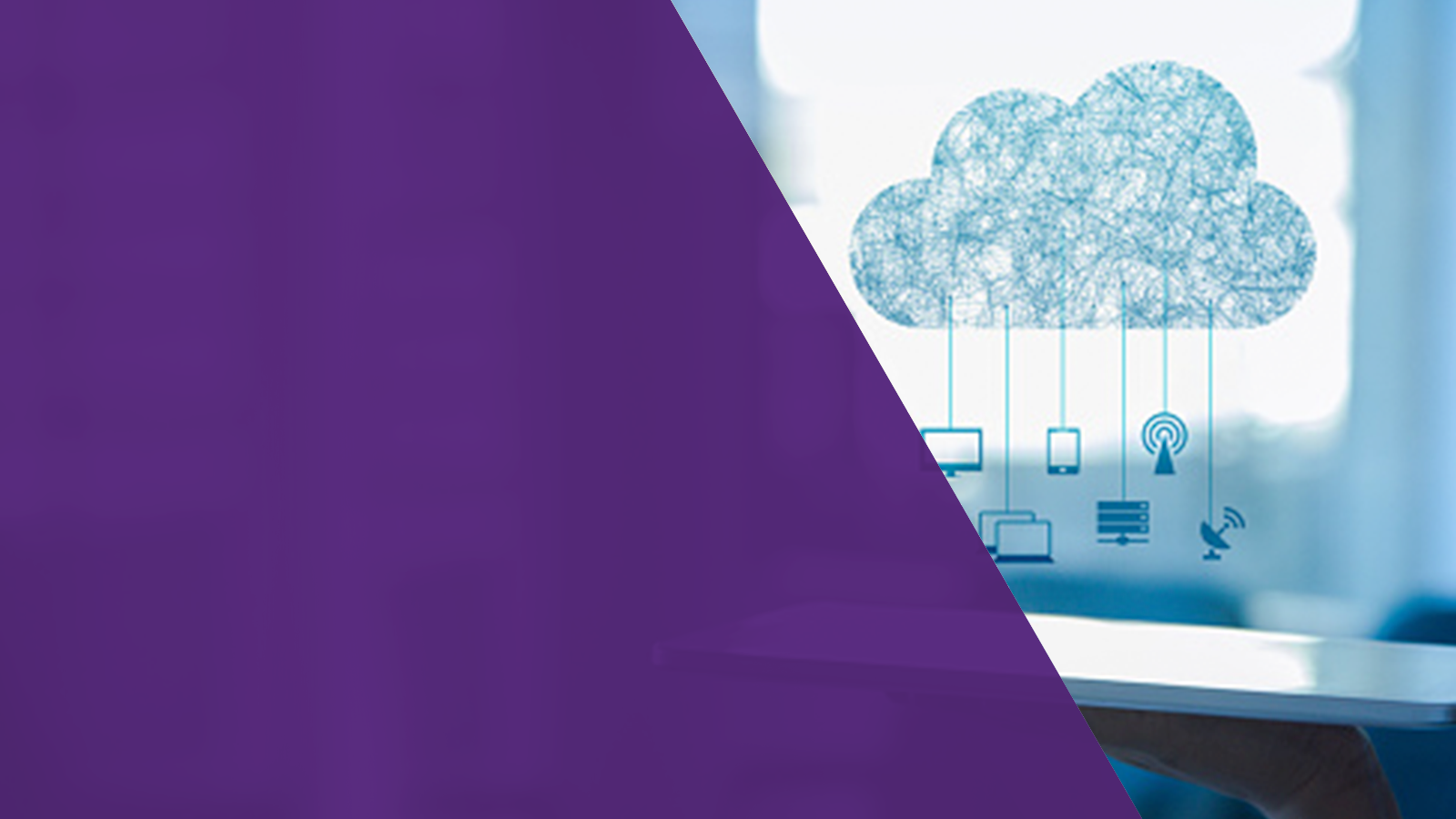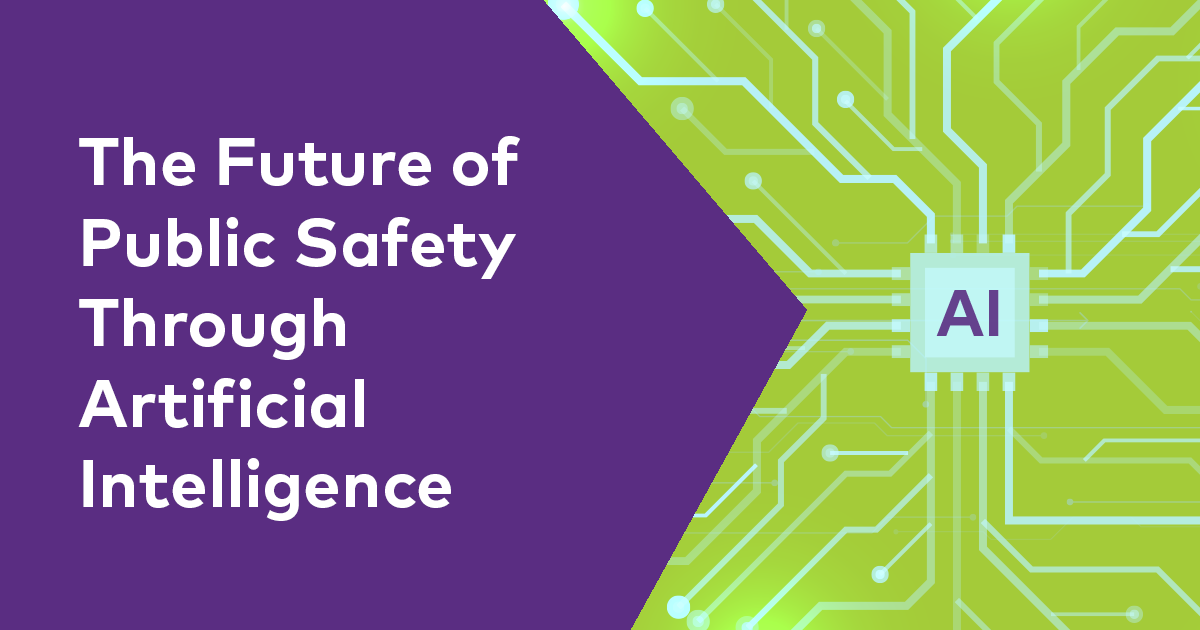Cloud-based Call-handling: Is the Market Ready? Are You Ready?
The cloud has changed everything around us. Cloud technology—meaning the delivery of computing services over the Internet—now supports much of our...
We can all attest to a general shift toward cloud computing amongst the services and applications that touch our lives, especially in an environment where more business, education, and commerce has “gone remote”. Experts say the cloud is the “Great Enabler” for emerging emergency communications technologies with many functional benefits and efficiencies to be gained by stepping into the public safety cloud.
You probably realize that companies not yet engaged in cloud computing are most likely well on their way to getting there. The 2020 IDG Cloud Computing Survey, queried 551 technology buyers--59% said they planned to be” mostly” in the cloud within 18 months, and 16% said they wanted to be completely in the cloud by then. Nearly all — 92% — said their IT environment is at least somewhat cloud-based. Agility, cost savings, scalability, and untapped potential are some of the primary reasons driving this rapid adoption.
The public safety community is moving cautiously. In September of 2020, several emergency communications subject matter experts gathered at Intrado’s “911 Live” virtual conference to discuss the future of cloud-based solutions for 911. Tom Nakatani, Vice President of IT – Customer Monitoring Technology at ADT; Chuck Spalding, NG9-1-1 Director for Palm Beach County, Florida; John Snapp, Vice President of Technology at Intrado; and Michel Brkovic, Vice President of IT at Intrado shared their real world views about the many possibilities for this technology and how public safety might move forward to embrace all the benefits offered by cloud computing.
John Snapp, Intrado: Often when we think about the cloud, we think of the public clouds such as Amazon Web Services or Microsoft Azure, which offer infrastructure-as-a-service. This allows companies and organizations like PSAPs not to have to worry about the hardware in the backroom and really focus on the applications or services. But there are other versions of cloud computing that we see out there, such as private clouds, hybrid clouds, and government clouds, which offer different advantages and trade-offs.
With the cloud, there’s an amazing number of tools along with the ability to scale up instantaneously from small to very large amounts of traffic, which would be very difficult to do in a traditional data center. These are things that in the past really could only be accomplished if you had a large IT and data center — the resources of a Fortune 100 company.
One of the challenges with the cloud for an established company like Intrado or ADT is simply moving these existing systems to take advantage of the cloud. Tom, you have done just that at ADT. Can you talk through with us some of the key factors that made you decide to move to the cloud? And how difficult was that transition?
Tom Nakatani, ADT: Historically, from an IT perspective, we've seen this natural transition happening for a while, from having a lot of different data centers or having your computers on-site, to going into data centers. And then we saw standardization within the data center with different types of technology called Vxblocks. There's been kind of a natural progression happening from an infrastructure perspective.
As we migrate to the cloud — and what that really means is we're migrating people, operations, and applications to the cloud. It’s the work IT has been doing in the background to take all this iron and metal and move it into a virtual environment. So now we're able to take advantage of this and start migrating our functions, right?
What that really means is that connectivity, access, and privileges become very important because the metal that used to reside inside your own data centers is now outside. You have to make sure that the security is there. But there are applications inside the cloud that make managing that very, very simple for you.
The other thing I would tell you is that as more customers, vendors, and suppliers are in the cloud, you have access to a tremendous amount of information and resources that weren't available to you before. And now you can leverage that within your own organization and take advantage of all this extra information and applications.
John Snapp: You mentioned issues around access and security. Have you had any challenges or concerns with security?
Tom Nakatani: Sure, that’s been a large concern. As you make your applications more connected and usable by people, you want to make it more secure and easier for your users to take advantage of the information out there. What that really means is where you might've had 15 different logins before, maybe you have one single sign-on. But you want to make sure that that one login is very secure, very protected.
At ADT, we went from having individual passwords for every single application to a role-based set-up. With PSAPs, you look at your dispatchers, data people, administrators and management — they all have different roles and so you define those roles, set them up and make sure your security is in place. It’s not as difficult as it might seem to migrate your people into that type of environment and then operate inside of the cloud using that.
John Snapp: Are there any lessons you would say you've learned or advice you would give to others planning to move to the cloud?
Tom Nakatani: Take advantage of the expertise that’s already in place; there are a lot of people that have done this already — talk to them. They're very good about sharing their experiences, lessons learned, and understanding the specific requirements that a PSAP, law enforcement or public safety needs to take a look at and helping to transition that over into a cloud environment.
John Snapp: Chuck, I want to switch over to you. You have quite a few PSAPs in the Palm Beach County area. What advantages have you found as you have moved into the cloud? And can you talk about what cloud deployment you’ve done in Palm Beach County?
Chuck Spalding, Palm Beach County, Florida: The advent of the ESInet [Emergency Services IP Network] was a dramatic change for our 911 community. When we signed a contract and moved to an ESInet, we decided we wanted to have our VIPER® Call Handling system at remote locations.
They're socially distanced, about 100 miles apart, but they're also in a private cloud. Both of our VIPER systems handle all the call volume for the entire county; we do about 1.2 million calls a year. One of the advantages of this architecture is that if we need to do an upgrade or an update on the VIPER hosts, we can just transition all the call handling to the other side and then the techs can do the updates. Same thing with AT&T, who is our provider; if they have maintenance work or need to do an upgrade, we'll do the same thing.
We'll move that traffic and there's no impact at all on the PSAPs. These systems are in a private cloud and remote and there really is no difference than if they were sitting in a data center somewhere. I don't have to own those data centers and host them myself. We’ve found that this architecture has worked really well for us. It has been very reliable and stable.
John Snapp: A lot of people seem to be scared or apprehensive about moving to the cloud. Change is always difficult. What are your suggestions about dealing with the fear factor?
Chuck Spalding: Well, especially in critical infrastructure like 911, nobody wants to go first. We're certainly not the only jurisdiction or county with a model similar to this, where you have a hosted, private cloud with the VIPERs. A lot of people have done this, and if you build the infrastructure correctly, it works really well. From a technology perspective, the solution is there and available today. So no one should think that they’re at high risk of moving to this type of architecture.
John Snapp: Michel, here at Intrado, we have a long history of developing hardware and custom software, and we’ve built systems such as the ALIs, call-handling systems, call-routing engines, and more recently, the networks for routing inside ESInets. We've also been deploying private, public and hybrid cloud systems for over 15 years. As Intrado moves more systems into the cloud, what are you seeing as the advantages of that? And what do you see as our biggest challenges?
Michel Brkovic, Intrado: We've talked about the three types of cloud: the private cloud, where it's only for a customer; the public cloud, which delivers Internet services across an organization; and the hybrid cloud, a mix of the two.
At Intrado, we are going where our customers want to go, so we're working more on a hybrid cloud approach that has all the advantages of on-premises equipment along with greater flexibility, more deployment options, and all the security compliance that comes with the public cloud. Don't forget, the hybrid cloud is on-premises and a private and public cloud.
There’s an ease to the transition because it's at your own pace. It's not all in or all out, it’s a mix. Over time, the customer can start to move more into the public cloud. We're coming into 2021 with a lot of those options. And, again, we will work with our customers to develop the proper approach for them.
As Chuck was saying before, some people may be more afraid, they don't want to be the first on, but there’s an approach that will work for each customer. And we see also lots of advantages with the public cloud — you don't need a massive capital investment. Moving to the cloud also helps the engineering team; they don't need to focus on the infrastructure, which allows them to develop features more quickly. They can use things that are already in the public cloud.
John Snapp: We also sometimes hear the term “government cloud.” Can you talk about how that may fit in, and what some of the advantages of a government cloud might be?
Michel Brkovic: The infrastructure of the public cloud and the government cloud are the same. Security is the same, reliability is the same. But when you want to be in the government cloud — and sometimes we do have this available for our customers — it’s mainly to do with data storage.
When we talk about CAD [computer-aided dispatch], it must be CJIS [Criminal Justice Information Services]-compliant. That's where we would go into the government cloud. And again, it depends on the needs of the customer.
John Snapp: Are there certain types of systems that are best to move into the cloud-first?
Michel Brkovic: Anything that's gigabytes is fairly easy to move into the cloud. We were just talking about the VIPER — making the VIPER available in the public cloud would be great for our customers. Moving anything that's a database onto the public cloud is a good idea. Maybe voice data is taken care of in the private cloud but the database is relocated to the public cloud.
John Snapp: Anything else to add?
Tom Nakatani: Some of the benefits we see from the cloud are around connecting devices: It allows you to talk with different types of clouds as opposed to having to talk with individual devices. You actually have a lot more access and are sharing information as opposed to transmitting a lot of data back and forth. Cybersecurity is pervasive across the different clouds. When we talk about privacy by design, you have to look at security by design from the very beginning of looking at your systems; you build that into them.
We have to get to a point where we're sharing this information and putting the right trust systems in place. There are a lot of standards you can participate in that will help ease that transition. It's all laid out for you.
Michel Brkovic: In the cloud, the hardware refresh doesn’t exist anymore. It’s part of the public cloud and you don’t need to wait two or three months to upgrade all your hardware.
Tom Nakatani: I like to use the example of asking, how many times Amazon has upgraded itself in the last six months or nine months? You don't know, right? There could be thousands of databases you're touching, hundreds of changes that have happened, and you just don't know. It's relatively seamless. That's some of what the cloud and having the right interfaces in place can do.
John Snapp: How much time has it saved you not having to worry about that refresh, the new version, the new patch level on the hardware system, or the compatibility of that system?
Tom Nakatani: It's tremendous, John. You can make changes in the background, you can switch databases, you can change the environments underneath that, because the users are kind of working at a presentation level, almost through a browser, if you want to think about it that way.
A lot of things can happen in the background but you can make changes more rapidly, you can add more services, you can change interfaces, you can update your security. I'm not sure I can calculate easily how much time we've saved, but the cloud environment is going to drive the ability to make changes in a more secure and seamless manner throughout the entire IT environment.
Chuck Spalding: In the future, instead of PSAPs having to worry about major hardware purchases, they’ll be able to look like VIPER as a service. I don't need to buy the VIPERs and stage them and have room to house them. I can just acquire everything I need through a contract.
With that, we’ll see the back office and backroom equipment change, too. With the move to ESInets, some of the traditional things we've had to deal with, like ALI [automatic location identification] links are going to go away. As the technology moves forward, we're going to be in a much better position to be able to offer platforms and services to the PSAP that won’t be so hardware-intensive and will probably be much more reliable.
Tom Nakatani: We're really excited about the ability of cloud technologies to connect us more. When I talk about clouds talking with clouds, and we talk about the ability to share information, the amount of information that security companies have is tremendous.
So whether it's video, audio, or analytics, we'd love to be able to share that with the PSAPs. It will be much easier to talk in a cloud-to-cloud type of environment rather than trying to connect thousands of PSAPs to hundreds of alarm companies out there. When we talk about interoperability, the ability to transfer information is going to be facilitated by this in tremendous ways.
Chuck Spalding: The community has been waiting for Next Generation 911 (NG911) to deliver. As things mature, we're going to able to see, with clouds interconnecting, the ability to bring those features into the center.
Michel Brkovic: We're all interconnected. Whatever public cloud you are in, from Amazon to Azure to Google Cloud Platform, it's all interconnected so it's certainly going to help us being able to exchange information a lot faster. We're really excited about this and in 2021 we'll certainly see a lot more cloud solutions for public safety.
The entire session, “Stepping into the Cloud: Discovery, Exploration & Conquest”, can be viewed below.
Knorr, Eric. 2020. The IDG Cloud Computing Survey. InfoWorld. Accessed April 2, 2021. {InfoWorld.https://www.infoworld.com/article/3561269/the-2020-idg-cloud-computing-…}

The cloud has changed everything around us. Cloud technology—meaning the delivery of computing services over the Internet—now supports much of our...

Digital transformation has reached the public safety market. Following in the footsteps of the enterprise and telecommunication domains, the shift...

The term, “Public Safety", is often described as a wide array of government responsibilities that serve to protect citizens and communities from...

October marks Cybersecurity Awareness Month, a time when businesses, organizations, and individuals come together to promote the importance of...